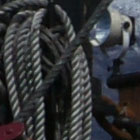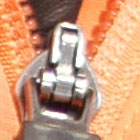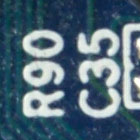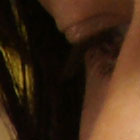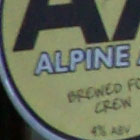Sony Alpha DSLR-A900
-
-
Written by Gordon Laing
Sony Alpha DSLR-A900 Gallery
The following images were taken with a Sony Alpha DSLR-A900 fitted with the Sony Carl Zeiss 24-70mm f2.8 lens. The body was an early sample, but we believe the image quality is representative of final production models.
The A900 was set to L:24M Extra Fine JPEG quality, Auto White Balance, Multi-segment metering and Standard Creative Style. High ISO NR and the D-Range Optimiser were set to their default Normal and Off settings respectively. Super SteadyShot was enabled for all handheld shots here.
The individual exposure mode, file sizes, shutter speeds, aperture, ISO and lens focal length are listed for each image.
The crops are taken from the original files, reproduced at 100% and saved in Adobe Photoshop CS2 as JPEGs with the default Very High quality preset, while the resized images were made in Photoshop CS2 and saved with the default High quality preset. The three crops are typically taken from far left, central and far right portions of each image.
Note: you may wish to open our Nikon D700 Gallery for a direct comparison of detail and noise.

|
Landscape: 14.8MB, Program, 1/320, f9, ISO 100, 24-70mm at 24mm (equivalent to 24mm)
Landscape: 22.4MB, Program, 1/160, f9, ISO 100, 24-70mm at 24mm (equivalent to 24mm)
Landscape: 17.1MB, Program, 1/500, f11, ISO 200, 24-70mm at 70mm (equivalent to 70mm)
Portrait: 13.7MB, Aperture Priority, 1/3200, f2.8, ISO 200, 24-70mm at 70mm (equivalent to 70mm)
Macro: 19.3MB, Program, 1/250, f9, ISO 400, 24-70mm at 70mm (equivalent to 24mm)
Indoor: 17.3MB, Program, 1/40, f3.5, ISO 400, 24-70mm at 24mm (equivalent to 24mm)
Indoor: 16.8MB, Aperture Priority, 1/5, f5.6, ISO 800, 24-70mm at 24mm (equivalent to 24mm)
Indoor: 16.4MB, Program, 1/50, f4.5, ISO 1600, 24-70mm at 24mm (equivalent to 24mm)
| ||||||||||||||||||||||||||||||||||||||||||||||||||||||||||||||||||||||||||||||||||||||||||||||||||||||||||||||||||||||||||||||||||||||||||||||||||||||||









